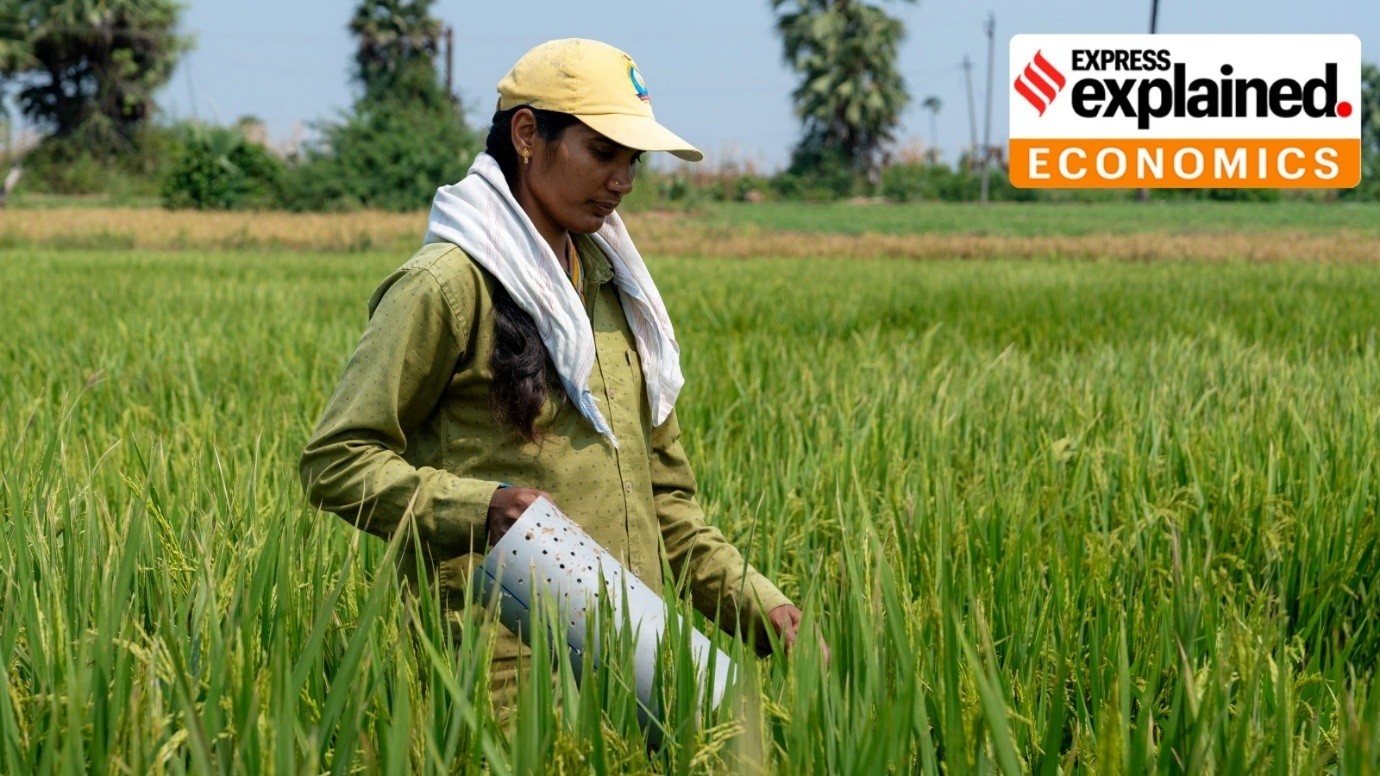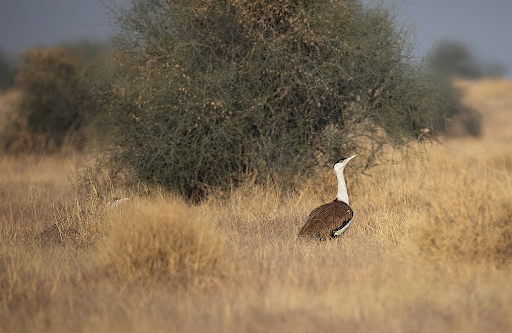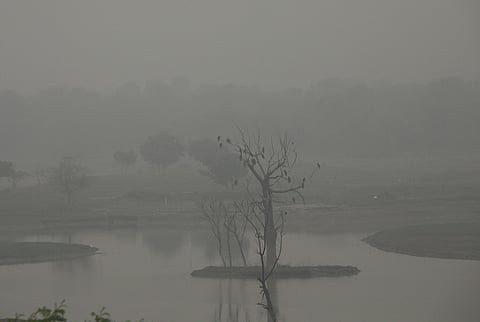




Source: HINDU
Disclaimer: Copyright infringement not intended.
Dugongs (Dugong dugon) often referred to as sea cows are the only extant herbivorous marine mammals found in Indian waters.
With dwindling populations and degraded habitats especially seagrass meadows the conservation of dugongs is not just a matter of protecting a species but a critical issue of safeguarding India’s coastal biodiversity and ecosystem services.
Dugongs feed on seagrass promoting seagrass health and regrowth by trimming the grass and preventing overgrowth.
Healthy seagrass beds maintained by dugong grazing shelter a variety of marine life including fish, crustaceans and turtles.
Seagrass ecosystems sequester significant amounts of carbon dioxide contributing to climate change mitigation.
|
Region |
Habitat Type |
|
Andaman and Nicobar Islands |
Shallow warm coastal waters |
|
Gulf of Mannar & Palk Bay |
Extensive seagrass meadows |
|
Gulf of Kutch |
Fragmented seagrass beds |
Habitat Degradation
Rapid loss of seagrass meadows due to:
Coastal development (ports, tourism)
Pollution (agricultural runoff, sewage)
Dredging and land reclamation
Fishing Practices
Use of gillnets and trawl nets leads to frequent accidental entanglement and mortality.
Mechanized fishing disturbs shallow habitats where dugongs reside.
Climate Change
Rising sea temperatures and ocean acidification impact seagrass growth and reproduction.
Increased frequency of cyclones damages shallow coastal ecosystems.
Pollution
Heavy metal and chemical accumulation e.g., mercury, organochlorines in dugong tissues.
Illegal Hunting and Poaching
Despite Schedule I protection under Indian Wildlife Protection Act, poaching continues in remote regions.
Slow Reproduction
Long gestation (13–15 months), low reproductive rate (1 calf every 3–5 years) and delayed sexual maturity (9–10 years) make population recovery slow.
Existing Measures
Schedule I Species under the Wildlife Protection Act, 1972
IUCN Status: Vulnerable globally; Regionally Endangered in India
CMS MoU: India signed the Convention on the Conservation of Migratory Species (CMS) and its Dugong MoU
Initiatives
Dugong Conservation Reserve (2022):
Located in Palk Bay, Tamil Nadu
448.3 sq. km with 122.5 sq. km intact seagrass beds
OMCAR Foundation & Wildlife Institute of India:
Conduct long-term monitoring and community awareness programs
Seagrass Habitat Restoration
Rigorous mapping and monitoring of existing seagrass meadows
Ban harmful activities (bottom trawling, sand mining) in sensitive zones
Community-led stewardship programs involving local fishers
Sustainable Fisheries Management
Prohibit gillnets and bottom trawling in dugong habitats
Promote traditional, non-destructive fishing methods
Offer alternative livelihoods like eco-tourism to reduce fishing pressure
Awareness and Community Participation
Training coastal villagers to report dugong sightings and strandings
Launch school and community outreach programs on dugong ecology
Research and Monitoring
Support long-term population and genetic studies
Integrate citizen science and traditional knowledge
Use tagging and drone surveillance to map critical habitats
Policy Integration and Financial Support
Incorporate dugong conservation in coastal zone management plans
Establish Marine Protected Areas with legal backing
Leverage CSR funds and international climate/environment funds
Read About
Sources:
|
PRACTICE QUESTION Q. Conservation of dugongs must remain a top priority for India. Examine in the context of the ecological role played by dugongs and the threats they face. Also discuss recent conservation measures taken by India and suggest further steps to ensure their protection. (250 words) |






© 2026 iasgyan. All right reserved